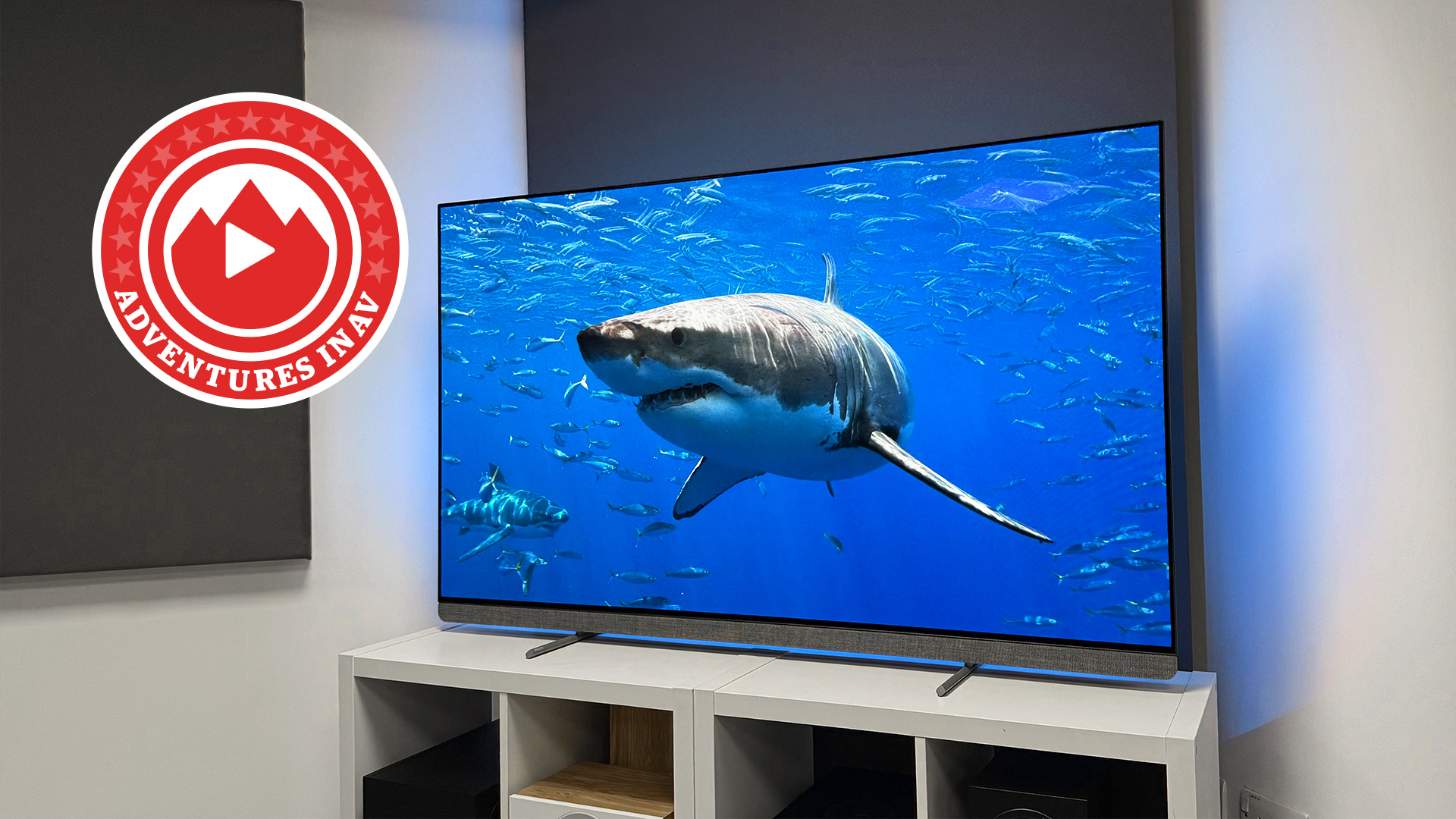What Hi-Fi? Verdict
The Fidelio L3 are very good wireless noise-cancelling headphones that perform all duties to a fine standard
Pros
- +
Fine performers
- +
Long battery life
- +
Well built
Cons
- -
The strength of the opposition
Why you can trust What Hi-Fi?
Philips has a long history of creating great-sounding premium over-ear headphones. And the Fidelio L3 can quite reasonably claim to be a member of that illustrious group.
These over-ears are easy to use, sound good, provide very decent noise-cancelling, and have truly excellent battery life. There is a great deal to like here – and we cannot imagine anybody buying a pair being disappointed in their overall performance.
There is, clearly from the star rating you see above, a caveat here, however. And that comes from the strength of rival offerings in this hugely competitive market.
Price
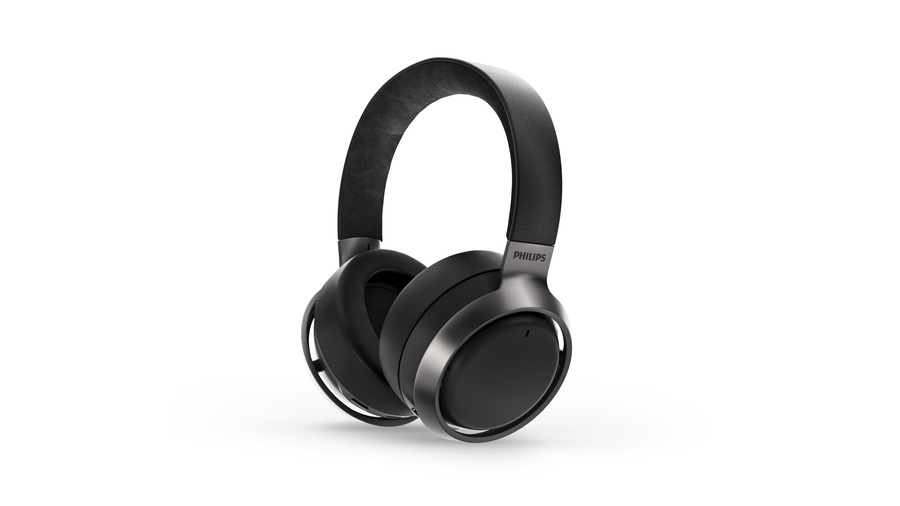
The Philips Fidelio L3 are nominally priced at £299 ($349) but, at the time of writing, are available for a little less than this. All of which means they are pretty squarely in real-world price competition with such Titans of the wireless noise-cancelling over-ear universe as the Sony WH-1000XM4. These Sony headphones are multi-Award winners and therefore clearly the product with which to compare the Philips.
Features
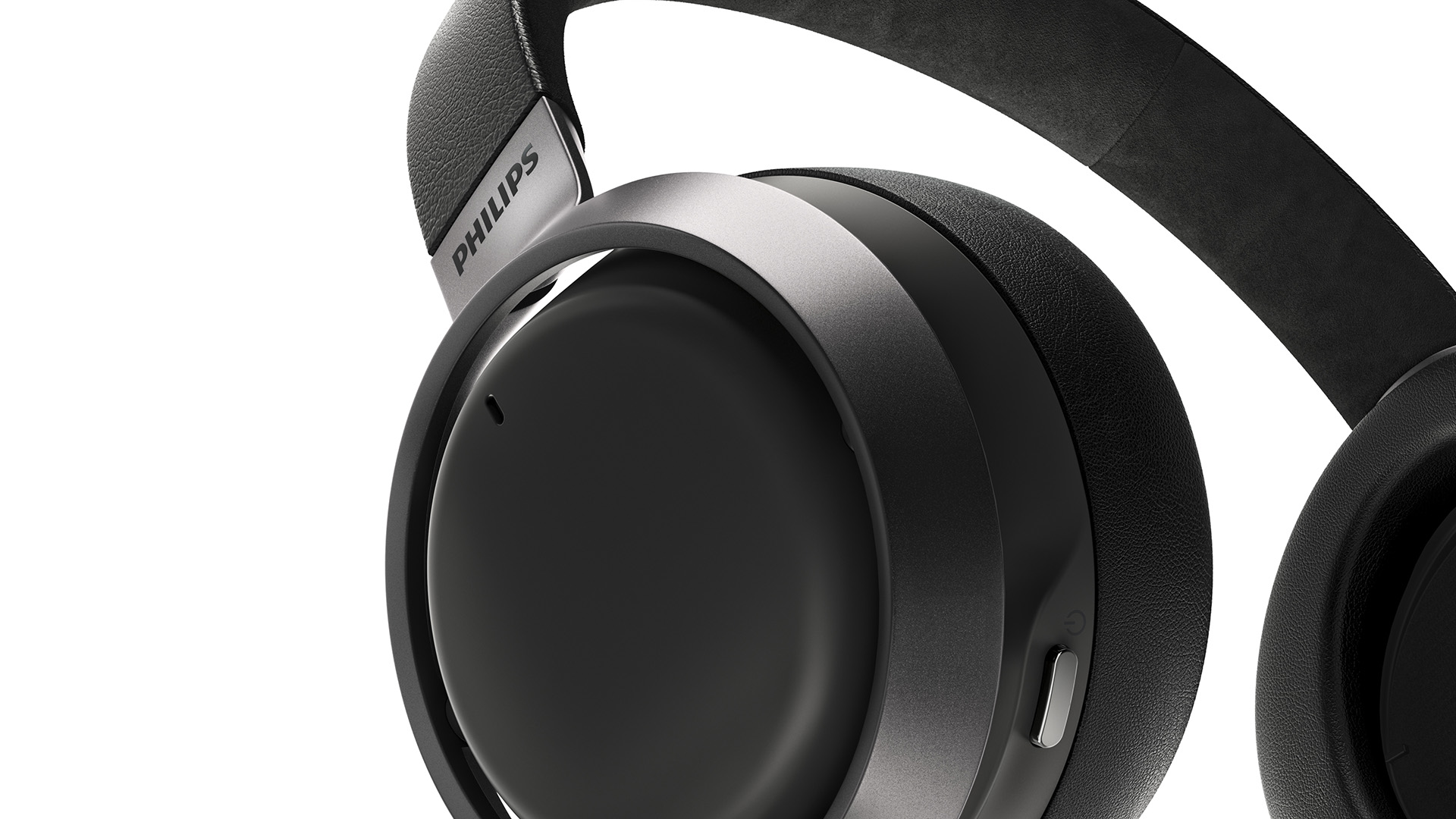
The Fidelio L3 are just what you should expect of a premium set of headphones at this lofty price. Nicely put together with metal, leather and high-class plastics, they present at every penny of the outlay required to own them.
They come with a soft leather case for storage, along with a USB-C charging cable and a 3.5mm audio cable for tethered listening (with an adaptor for aircraft use – always a handy addition for noise-cancelling cans, of course).
Pretty much all Bluetooth bases are covered, with the Fidelio L3 having support for the ‘plain vanilla’ codec, along with the more advanced aptX and aptX HD.
The latest hi-fi, home cinema and tech news, reviews, buying advice and deals, direct to your inbox.
The buttons and controls on the headset are what we have come to expect from this type of product – and they do a great job of making living with the headphones simple and intuitive.
On the left earcup sits the power button (which also, with a longer push, deals with Bluetooth pairing), along with the USB-C input for charging. Everything else is the preserve of the right earcup. Here, there are two more buttons: one for toggling through the noise-cancelling settings (On; ‘Awareness mode’; and Off), the other for muting and then turning back on the microphone.
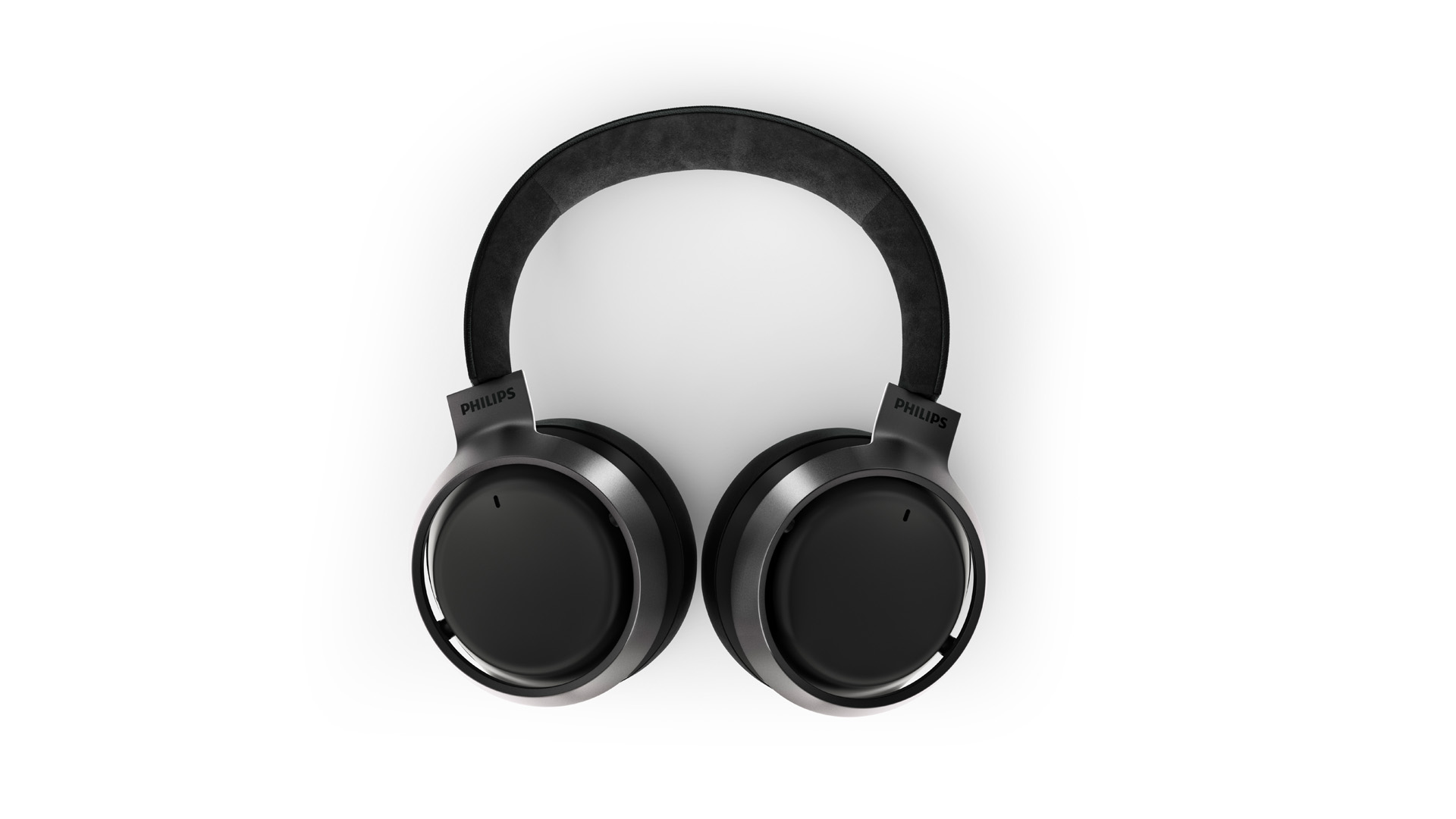
Bluetooth aptX, aptX HD
Noise-cancelling Yes
Battery life 36 hours
Weight 360g
All other important control functions are performed via the touch-sensitive pad on the right earcup. Everything any normal user could want is accessible here: play/pause, call answer, volume up and down, track skip forward and back. The headset has the increasingly common trick of allowing in extraneous noise if you hold your hand over the earpiece with the headphones still in place – useful for train announcements; somewhat disconcerting for someone trying to have a conversation with the wearer.
And, if you remove the headphones and hang them around your neck, playback is automatically paused, then restarted when the Fidelio L3 are put back on your ears where they truly belong.
It all works satisfyingly well once you’re used to the different movements and presses, and we find that the length of touch required is quite sensible – short and soft enough not to be distracting, but needing enough of a deliberate input to prevent pretty much all unintentional requests from registering.
There is also an app for your smartphone that deals with some more fine-detailed things, such as a graphic equaliser and adjustable settings to fiddle with the sound and the noise-cancelling. It’s all perfectly functional, but we rarely find ourselves using it – and we’re perfectly happy with the standard settings that we can deal with via the headset directly.
Battery life is extremely impressive, with a claimed 32 hours of listening with noise-cancelling on (the default setting) and 38 hours with it switched off.
Design
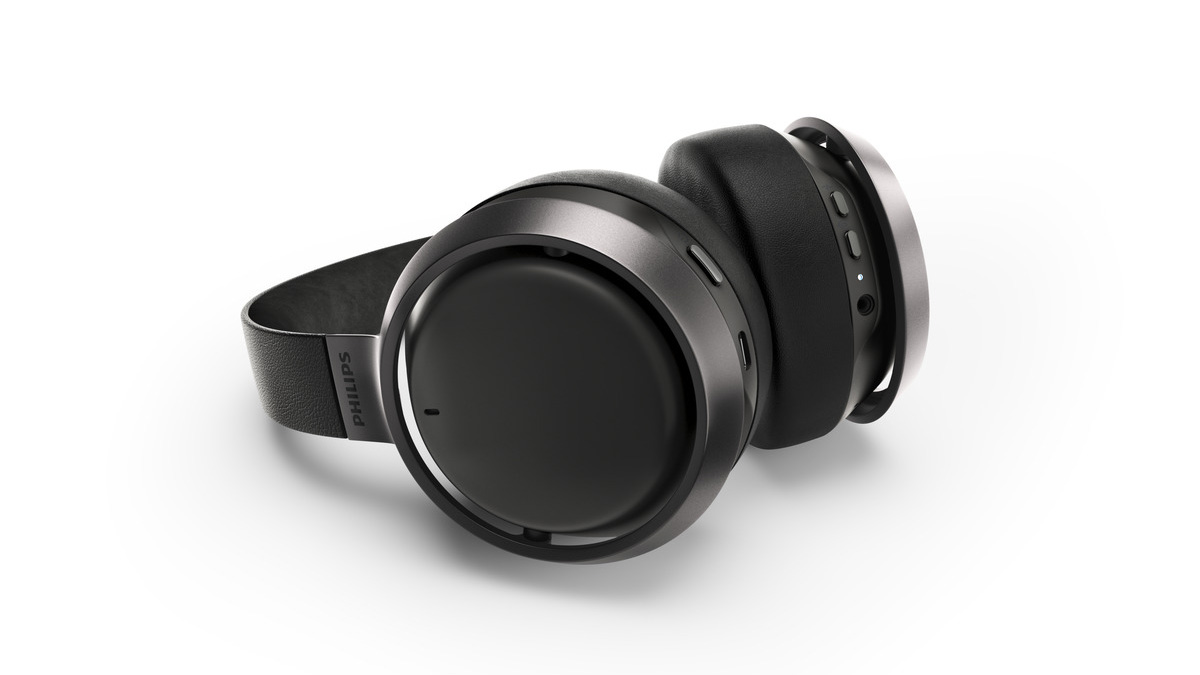
Anybody with any experience of connecting a pair of headphones to a smart device should have no problems here. An extended push on the power button on the left earcup brings up the pairing mode, and we find the Fidelio L3 on our smartphone’s Bluetooth list with no difficulty. The Philips has the happy and convenient trick of being able to connect to two devices simultaneously, so we hook it up to our MacBook Pro as well – again, no confusion. The headphones seem happy to switch between sources when we’re playing music via the laptop, then switching to answer a phone call.
These are comfortable headphones, with nicely padded earcups and a decent seal, which of course is vital if you’re going to make the most of noise-cancelling abilities. They are somewhat heavier than their Sony WH-1000XM4 rivals, though. And on occasion we do find that they are heavy enough, when we make a sudden change of direction on our commute for example, for some inertia in the headset to just break the seal around our ears a touch. They are not as secure on the head as the Sony headphones. It’s not a huge issue, but certainly something we notice on a few occasions.
Overall fit and comfort, however, are very good, and we certainly have no issues with wearing the Philips Fidelio L3 on extended listening sessions, both at our work desk and on the commute to and from the office.
Sound
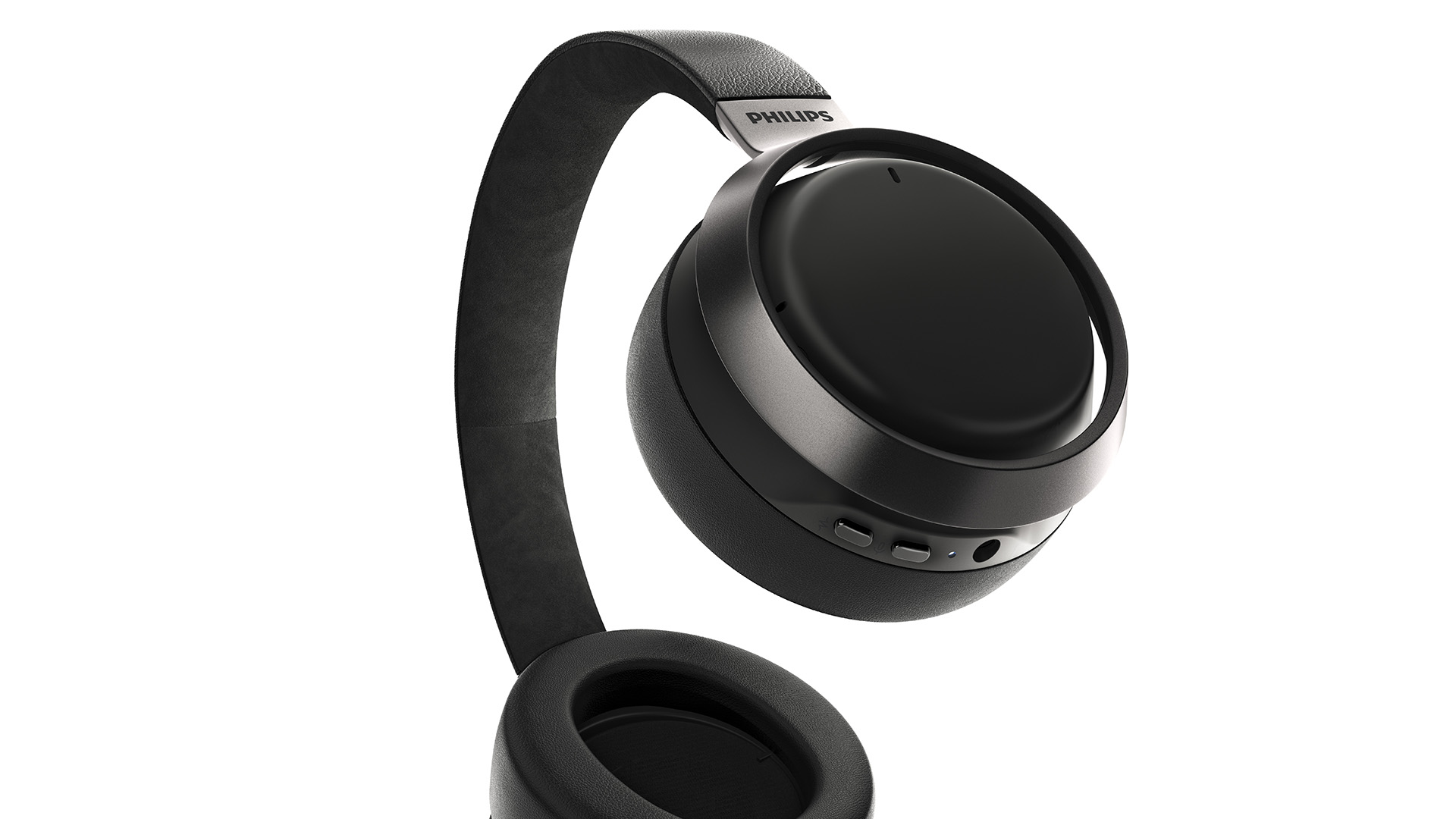
Listened to in isolation, the Philips Fidelio L3 are a decent listen. We can’t imagine anybody buying a pair will be disappointed with the sound they will get from the headphones. The sound is even across the sonic spectrum, with no area standing out unnecessarily. Bass is rich and fairly snappy, and the sound we hear is articulate and agile.
The headphones automatically engage noise-cancelling mode when you power them on, which, as it happens, suits us just fine, as they sound better with noise-cancelling on (and were clearly designed to do so).
It is a rather warm, comfortable listen, as opposed to anything overly analytical – but that's what we prefer in a pair of headphones intended to be used out and about on commutes, long-distance travels and so on, rather than used purely for home listening in a favourite armchair.
We cue up Cookin’ With The Miles Davis Quintet on Tidal and are immediately at home with what we hear. The first track, My Funny Valentine, comes across as clean and crisp, yet appropriately mellow, and we can easily separate the individual instruments playing around the central melody with each other – all while being able to appreciate the synergy of those individual performances to create a magical musical whole.
A change to Brittany Howard with Michael Kiwanuka's 13th Century Metal brings a driving bassline to the fore, which the Fidelio L3 brings across with a hefty thump, but pace and passion.
It is only when we listen to the Philips Fidelio L3 in a direct comparison with those Sony WH-1000XM4 rivals that the chinks in their sonic armour appear.
We play Beethoven’s Moonlight Sonata and the Sony’s sonic superiority is clear. The WH-1000XM4 are more articulate and agile across the piece, with piano notes going louder and decaying longer than via the Fidelio L3. There is better fine detail on the Sony headphones, and the Philips have less texture and harmonic richness in comparison. It also becomes clear across extended comparative listening that the bass from the Philips Fidelio L3 is somewhat tubbier than the impressively snappy and sharp Sony, making for an overall listening experience that is neither as exciting nor as dynamic.
Verdict
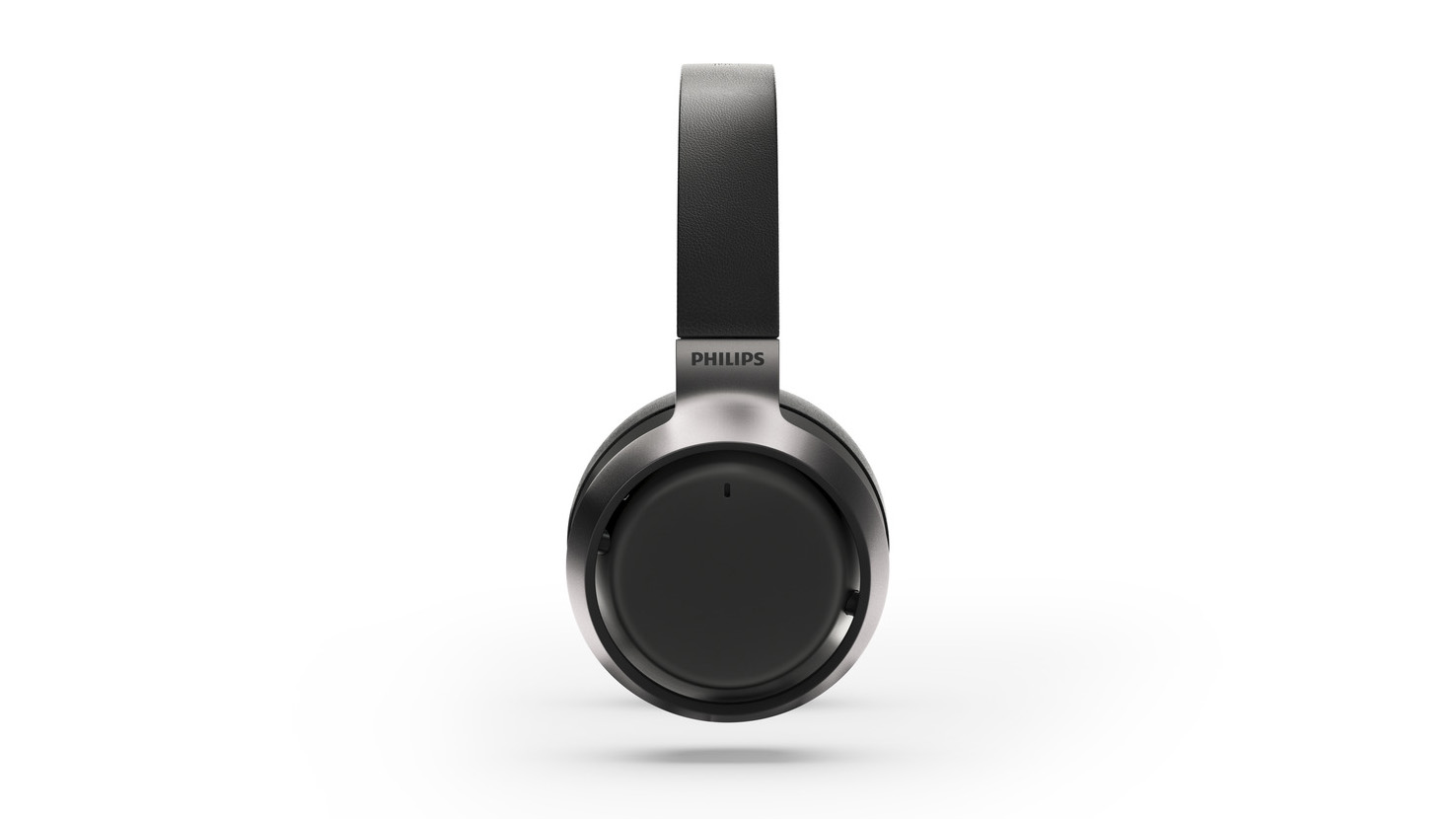
All of which is why the Philips Fidelio L3 can garner only the four stars from us. In isolation, these are fine headphones that do a multitude of jobs very well. They sound great for extended listening sessions, and their noise-cancelling stands up with some of the best. But the fact that you can get the Award-winning Sonys for not a lot more money means that you can get noticeably better performance without spending much more.
You won’t be disappointed if you own a pair of Philips Fidelio L3, that’s for sure – but be aware that, in our opinion, they are not quite the best out there.
SCORES
- Sound 4
- Features 5
- Comfort 5
MORE:
Also try the Sony WH-1000XM4
Check out the Bowers & Wilkins P7
Read our Sennheiser Momentum 3 review
These are the best over-ear headphones
What Hi-Fi?, founded in 1976, is the world's leading independent guide to buying and owning hi-fi and home entertainment products. Our comprehensive tests help you buy the very best for your money, with our advice sections giving you step-by-step information on how to get even more from your music and movies. Everything is tested by our dedicated team of in-house reviewers in our custom-built test rooms in London, Reading and Bath. Our coveted five-star rating and Awards are recognised all over the world as the ultimate seal of approval, so you can buy with absolute confidence.

